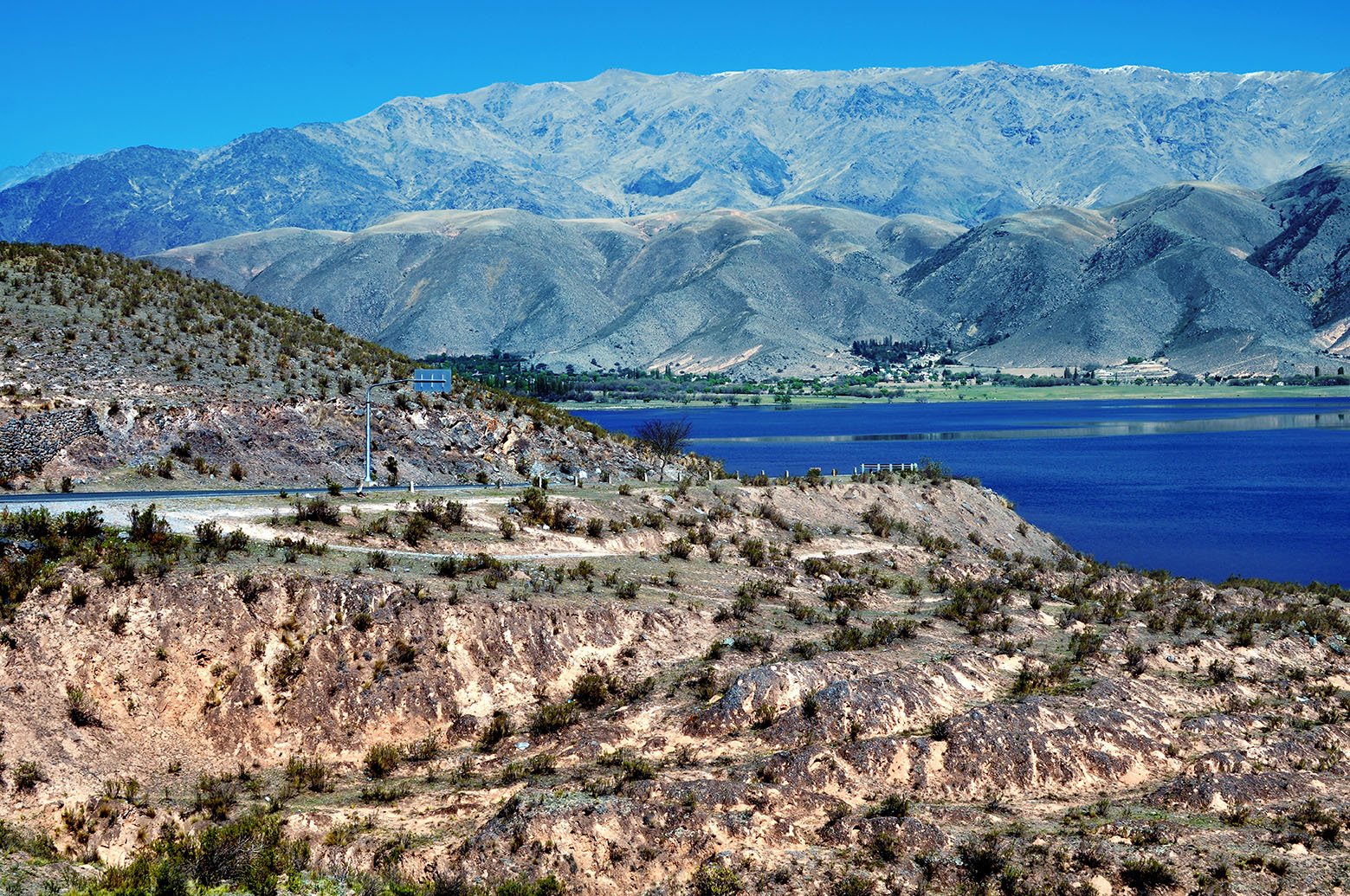Argentina's Cradle of Independence
Tucuman Province, located in the northwestern region of Argentina, is a place of significant geographical and historical importance. Known for its lush landscapes and cultural richness, Tucuman acts as a central hub both for its natural beauty and its pivotal role in Argentine history. The province is bordered by Salta to the north, Catamarca to the west, Santiago del Estero to the southeast, and Córdoba to the southwest, making it easily accessible for both locals and tourists alike.
Tucuman holds a special place in the heart of Argentina as it is often referred to as the "cradle of independence." This designation stems from the fact that the Declaration of Independence was signed in the city of San Miguel de Tucuman on July 9, 1816. This historic event marked a turning point in the country’s history, and today, the Casa Histórica de la Independencia stands as a monument to this significant moment, drawing visitors from all over the globe. The architectural beauty and the historical significance of this site highlight the province's importance in shaping modern Argentine identity.
In addition to its historical treasures, Tucuman boasts a diverse range of natural attractions. The province is characterized by an array of landscapes, including the stunning foothills of the Andes, the lush valleys of the Valles Calchaquíes, and rich agricultural lands that produce a variety of crops such as sugarcane and tobacco. These natural features not only support the local economy but also draw tourists who seek adventure, relaxation, and the chance to engage with the pristine environment.
Places
Tucuman Highlights

San Miguel de Tucuman
San Miguel de Tucuman, the capital of Tucuman Province, is not only a crucial administrative center but also an emblem of Argentina's rich historical tapestry. The city is perhaps best known for the iconic Casa de Tucumán, where the declaration of independence was signed on July 9, 1816. This architectural gem stands out for its colonial-era style and serves as a museum, allowing visitors to immerse themselves in the turbulent yet transformative years of the nation's fight for freedom. The Casa de Tucumán presents historical artifacts, documents, and exhibitions that vividly narrate the events leading up to independence, establishing its significance as a must-visit landmark. The culture of San Miguel de Tucuman is vivacious and diverse, a reflection of both its indigenous roots and Spanish colonial influences. The city is celebrated for its culinary offerings, which include traditional dishes such as empanadas, locro, and a variety of locally sourced wines. These gastronomic delights stem from age-old recipes that have been handed down through generations, allowing locals and tourists alike to indulge in flavors unique to this region. The vibrant marketplaces, such as the Mercado del Norte, provide an excellent opportunity to explore these local delicacies while engaging with friendly vendors who often share stories behind the dishes.

The Historic Ruins of Quilmes
The Historic Ruins of Quilmes stand as a testament to the rich history of indigenous culture in Argentina, particularly of the Quilmes people, who inhabited the region for over a millennium. This archaeological site, located in the province of Tucuman, showcases the remnants of a once-thriving settlement, offering valuable insights into the lives, traditions, and architecture of its early inhabitants. The ruins date back to approximately 1000 AD and are situated at the foot of the Sierra del Aconquija mountains, strategically positioned to defend against invasions, a clear indication of the challenges faced by the Quilmes community. At its peak, the settlement accommodated thousands of people and was characterized by an intricate network of terraces and agricultural fields that capitalized on the varied topography. The Quilmes developed advanced agricultural techniques, allowing them to cultivate essential crops despite the region's climatic challenges. Today, visitors to the site can explore the extensive remains of homes, communal areas, and granaries, all constructed from stone and adobe, showcasing the ingenuity and resilience of the Quilmes people. The sight of these structures evokes a deep sense of respect for the cultural heritage encapsulated within the ruins.

Tafí del Valle
Tafí del Valle, situated within the picturesque landscapes of Tucuman Province, Argentina, is renowned for its breathtaking mountainous scenery. This vibrant region is characterized by lush valleys, soaring peaks, and a tranquil atmosphere that captivates both tourists and locals alike. With its stunning backdrop, Tafí del Valle serves as a haven for outdoor enthusiasts seeking adventure and relaxation in nature. The area is home to an extensive network of hiking trails that cater to various skill levels, from leisurely walks to challenging treks. The diverse terrain allows visitors to immerse themselves in the region's natural beauty while discovering a variety of ecosystems. As one explores these trails, they may encounter local wildlife, including colorful bird species and unique mammals native to the area, enhancing the overall experience of reconnecting with nature. Moreover, the flora in Tafí del Valle is equally remarkable, featuring vibrant wildflowers and distinctive plant species that flourish in this rich environment.
